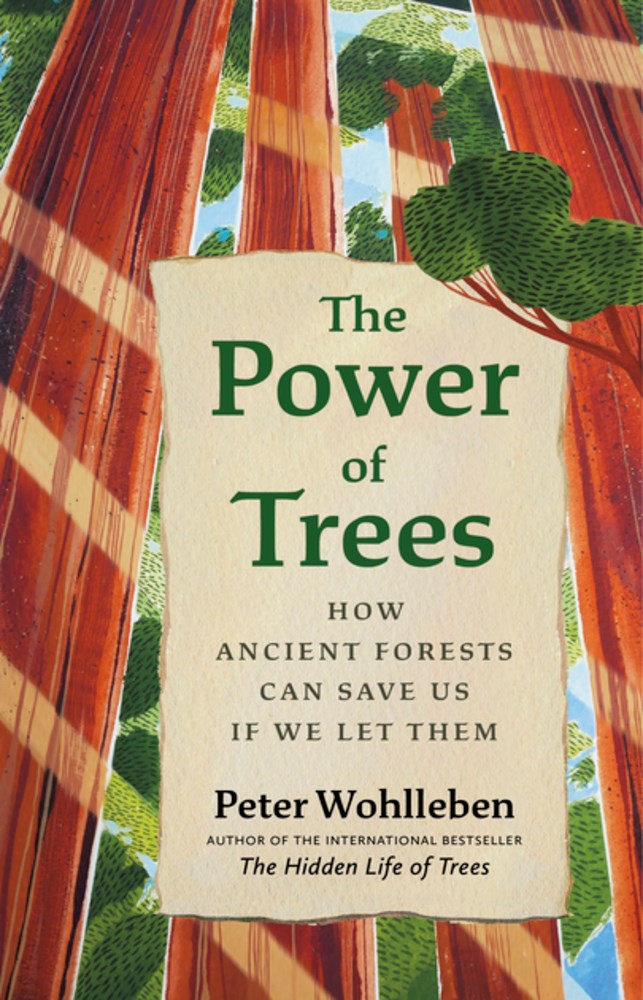2018 School Spending Survey Report
The Power of Trees: How Ancient Forests Can Save Us if We Let Them
COPY ISBN
VERDICT This book inspires wonderment at the resiliency of forests facing climate change, while taking a critical look at how even the best of environmental intentions may have long-lasting negative consequences.
RELATED
ALREADY A SUBSCRIBER? LOG IN
We are currently offering this content for free. Sign up now to activate your personal profile, where you can save articles for future viewing




Comment Policy:
Comment should not be empty !!!